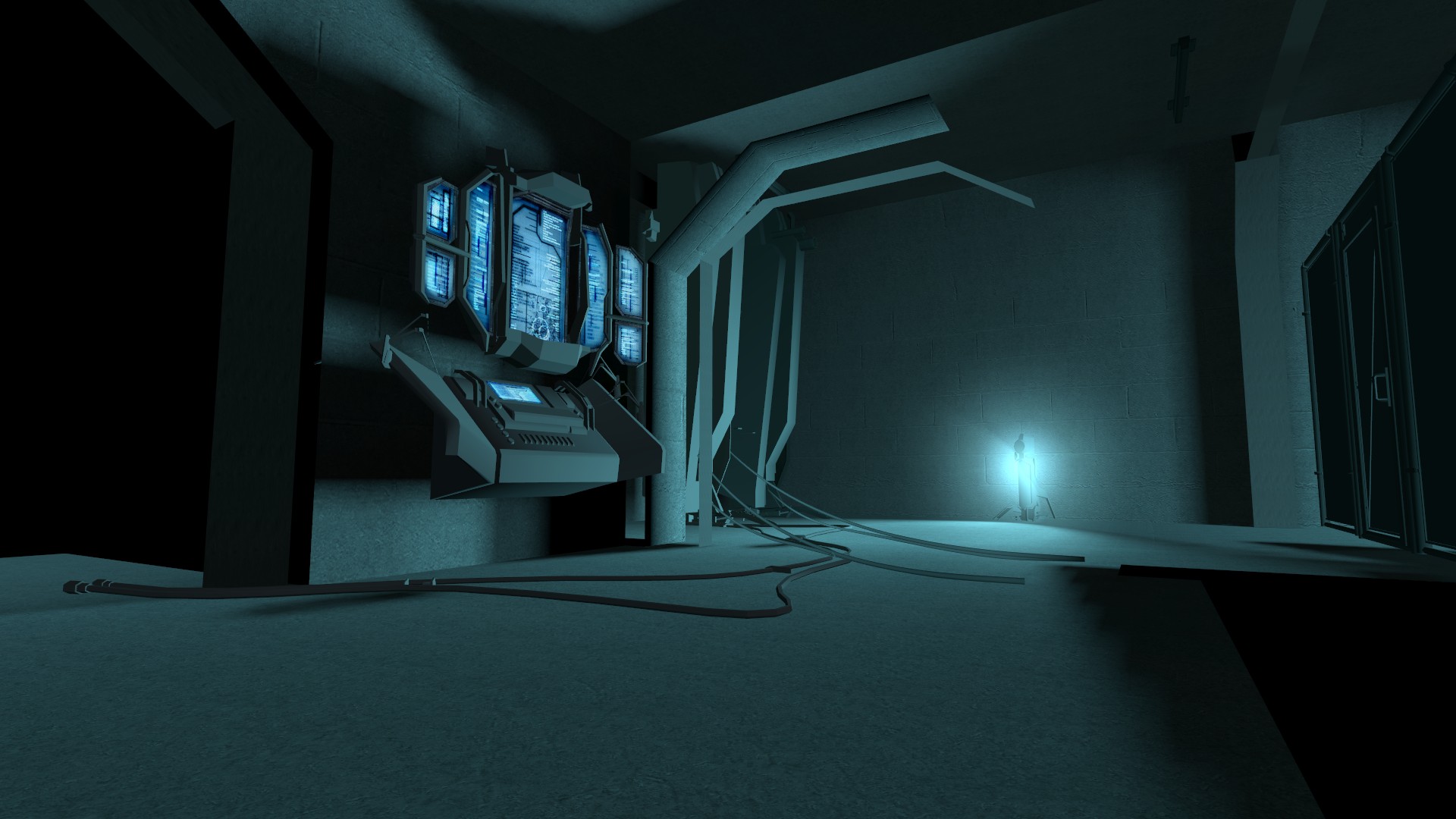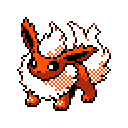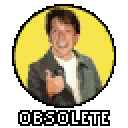State of the Valve Developer Union, 2017
(December 24, 2017)
The strangest thing about the Valve Developer Union is how quickly it came to be. It wasn't long after school got out that I, pac, got a surprise invitation to a modding group on Steam. That lead me to meet a few people and spiralled out of control until I made my own Discord server, called the Valve Developer Union. That spiralled out of control, I nuked that two months later, and out of the ashes came an idea: Let's build a site to preserve all this information on Quake and GoldSrc modding that took me forever to find on my own, and reuse the name because it sounds official-ish. It'll be great.

That was September. Since then, we've survived schedule slips, the back-to-school rush that leaves most modding communities and Discords desolate, trying to prove the viability of such a project to others and maybe to ourselves, and maybe a few stolen balloons. How far we've gotten in just a few months continues to astound me every single day.
That being said, we're still a new site, and being the curated archive that we are, it puts extra pressure on us to continue to update in a gaming climate that's slowly moving on from the lands of the slipgates and the spectrometers. We've made the promises, and now, we have to keep up.
A reminder of why we're here
It's so easy to get caught up in the "now" of the modding scene around these games that preserving the past gets forgotten. I've spoken at length about why data preservation is so important, but preserving modding culture is perhaps even more important. You see, the creation of the fan mod was the moment the player and the developer became one in the same.
The invention of modding tools for Doom took a formerly static medium, one that was created by developers and played by players, and turned it on its head. The players were now completely in control. The worlds truly became theirs, right down to the studs. Custom weapons, brand new levels, and entire games were being built using the ramshackle, tetanus-and-demon-ridden fan tools written by their peers. The multi-million dollar games of today were built by the players of yesterday, and the developers of tomorrow are getting their start in the same realm. Counter-Strike proved the fan mod to be the future of gaming.
All the time, modders continue to push age-old game engines harder and harder, with increasingly ridiculous results. For reference, here's two fan-created maps, one for Quake, one for Half-Life:

undrwrld, a map from the boom days of the first Quake"The Underworld", by Matt Sefton, is from 1997. A fun map, visually appealing, and an example of modders handily matching the quality of the base game.

dm_stalkfire, an example of a fan map far surpassing anything in the base gameAnd here's dm_stalkfire, by Trempler, from almost twenty years later. Despite the base game coming out a year after "The Underworld", stalkfire makes it look as good as Black Mesa, itself another example of modders doing increasingly stunning things with aging software.
Is it silly? Perhaps. Is it something to take all that seriously? Aside from the principle of record keeping, no. But it does provide historical value. That's why the Valve Developer Union was started. The creation of the fan mod was a watershed moment in culture, and preserving the ability for the bedroom tinkerer to build his own twisted worlds (and to run circles around the professionals who built the game) is a task worthy of pursuit. We aim to be for guides and tools what Quaddicted is for the fruits of those labors.
Plans for the coming year
We're just getting started with all of this, of course. Aside from writing more content and archiving more tools, here's a bit of a preview of what our plans are for the next year.
More exposure
2018 will likely be the year we start to get the site out there for real. The specifics of who and where to go to advertise it are to be determined, but I think we've published enough content by this point to justify it. I think some kind of presence elsewhere on the web, perhaps Twitter, would also be in order.

Most of the growth we've seen so far is through our Discord server, which is still remarkably active. While this is terrific, I'm not sure how many of our users even know about the site. So far, we've grown entirely through word of mouth, with people often inviting their friends to get help and whatnot. They usually don't come through the site, though there have been exceptions.
What's the solution for this? I'm not quite sure. I think the Discord and our site being entirely separate entities is an inevitability until enough people know about the site.
Continuing the search for volunteers
Right now, the way people can submit content to the site is rather ad-hoc and unfriendly, which is likely why we haven't seen much interest. Jax's account system was a step forward in this regard, though we could still do better. A better style guide and a frontend to Amazon S3, which hosts our images and other static assets, would help a lot. I know juggling images tends to be the biggest issue for me when it comes to posting new guides.
Website enhancements
Our new website design, which Jax overhauled from its frankly unusable state when we first launched, is still very much a beta. It's leagues ahead of where we started, but there's still lots of room for improvements.

(This is a screenshot of our initial design, for posterity. Still miss that header sometimes.)
Back in October, I came up with a concept called tracks, which would allow us to go in-depth into a larger-scale topic than a guide would allow. It would essentially be a playlist of guides, with an overarching theme connecting them all. These still haven't been implemented, but they'd most certainly allow us to comfortably cover topics that are just too big for one guide alone, things like "translating architectural elements to the game world" or "creating scripted sequences for Half-Life 2". A definite priority.
Past that, most things are as they should, at least for creating guides. There's a few site glitches, still no dark theme, and we'd like to improve navigation by way of expanding out the navbar. Most of that is Jax's jurisdiction, and he's busy, unfortunately. I'll have to bug him more about it.
Reference guides
I'm not quite sure how we'll tackle this, but reference guides and entity guides would be extremely helpful. I find that the Valve Developer Community site's entity pages are virtually useless and are more like templates lightly changed to fit each entity. A lot of the time, keyvalues listed aren't even for the game you're mapping for. (New with Portal 2)
Not to mention, there's an awful lot of assets that come with these games, particularly in the realm of sounds and soundscapes, that are completely usable and yet horrifically documented. The former Half-Life Editing Resource Center had a pretty well documented list of the "vox" files from Half-Life's robotic announcer, if you need an example of what I'm talking about. A guide or two to keep track of all that would be something I'd certainly appreciate, as a mapper myself.
More analysis guides (especially map-specific ones)
In early October, I wrote a guide called "Anatomy of a Ricochet Level", which broke down the common entities, structures, and layouts found in a Ricochet map. It was partially a joke, but also partially a crack at a bigger kind of guide, ground far less commonly tread by fan documentation sites.

So far, we've mostly been covering specific functions found either in the game or in the editor. Analysis guides are much higher level. They explain the structure of a map, as well as why it all works together. You can make the shiniest, most impressively designed levels with the most intricately detailed, clearest textures and stuff it full of areaportals and things to make it run like silk, but that's not what a good level is.
There is a structure to a Counter-Strike defusal map, or a KOTH map in Team Fortress 2, and those are the kinds of things I wish I could focus on writing. Problem is, those take time, and they also take research. I can pen a guide on areaportals pretty much from my own experience and maybe a few additional resources to fact-check the smaller things, but you don't really begin to understand why an entire map stands tall above the rest of the rotation until you're locked into a match, trying to stay alive, studying where the sentries get put and where the chokepoints occur.
In closing
I don't claim to know everything. Every guide teaches me something I didn't know going in. As of right now, the Valve Developer Union is just two people. Jax handles the site code and design and I handle the content.

I have blind spots in my knowledge. For example, asset generation is pretty much a no-go for me; I'm not an artist. Though our plan is to eventually document the modeling and texturing aspects of these engines, we simply don't have the resources right now. Even with topics I already know a thing or two about, writing a guide isn't terribly easy. There's a big scramble leading up to each publishing date to make sure something presentable is ready.
And that's where I'm hoping the greater community can help us out. Our main focus for the coming year will definitely be in trying to build bridges with the other sites of our type, and especially the community at large. Building a better base of documentation is good for everyone, not just us. Knowledge enriches everyone savvy enough to find that knowledge of use. You're never too good to learn something new, even if you're a veteran in your field. That extends beyond modding into every part of everyday life.

20 years of fervent fan dedication has gotten us this far, and we've got all the time in the world. Long live Quake, long live GoldSrc, long live Source, and long live the Union.

